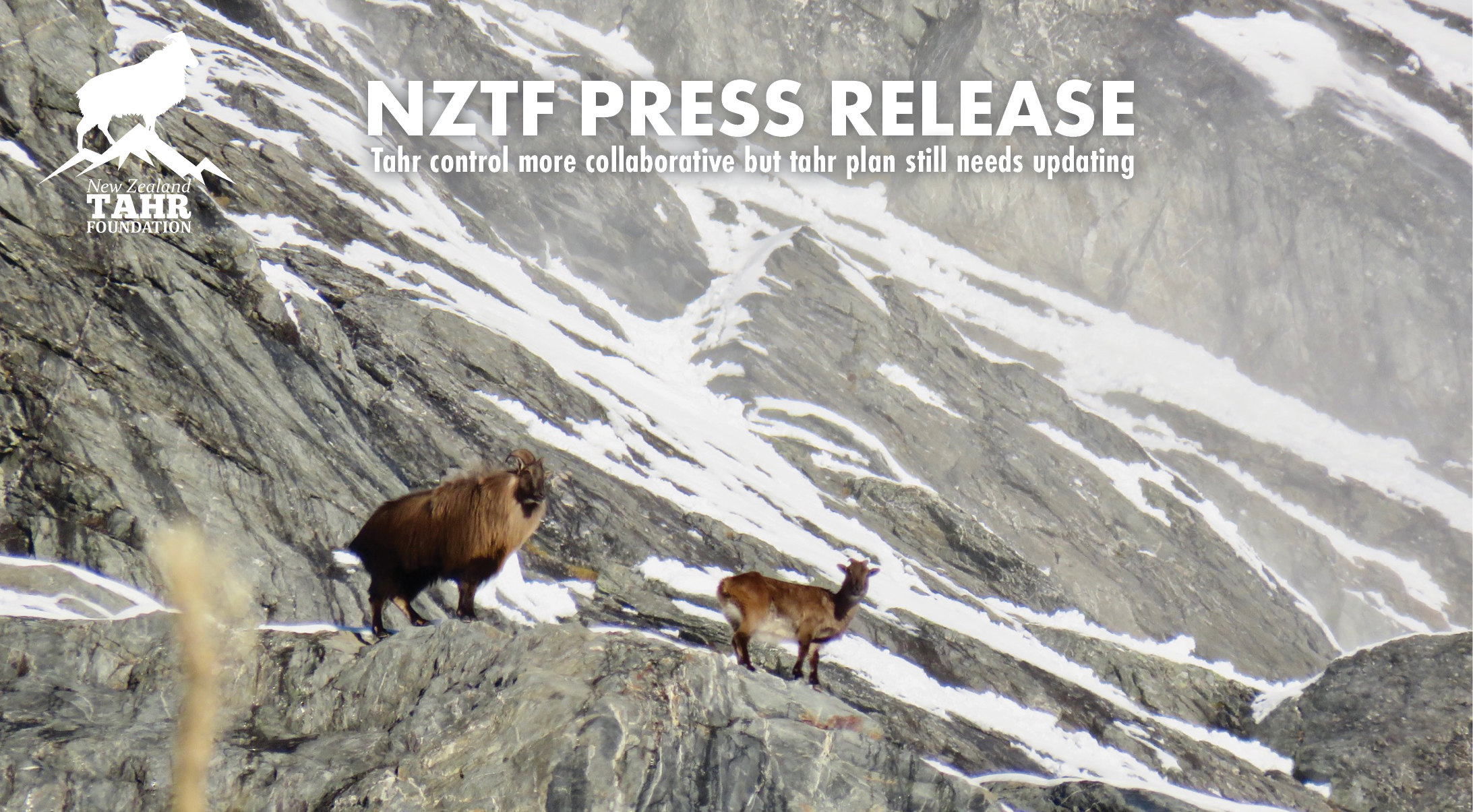The Tahr Foundation is pleased that the 2021-2022 tahr control operational plan released indicates the Department of Conservation has utilised the knowledge and expertise of the hunting sector. The Tahr Foundation and other hunting organisations are trying to assist DOC target control work where it is needed most.
“Hunters are in the hills very regularly and often for extended periods,” says NZ Tahr Foundation Spokesperson Willie Duley.
“Following consecutive years of heavy culling, there are now huge variations in tahr population densities, even within the same management units. We have been able to provide DOC with information and maps that set out where tahr numbers are low and no culling is required and also where we think tahr numbers still need reducing.”
“Coupled with information from population surveys and control operations this provides a more current and comprehensive knowledge base so more informed decisions can be made each year. It simply comes down to killing the right tahr in the right place and we look forward to seeing our input included when the control operations commence”
Ongoing tahr management that gives priority to conserving our alpine vegetation whilst allowing sufficient tahr for recreational and commercial hunting is constrained by an out-of-date Himalayan Tahr Control Plan and legislation such as the National Parks Act.
The Himalayan Tahr Control Plan is acknowledged as being experimental and the population limits for tahr were set conservatively. The Tahr Foundation agrees with DOC’s approach of learning as we go as it is consistent with modern wildlife management techniques.
“In order to learn something, you need to make pragmatic changes and then monitor the result. We will be pushing for changes to target levels in order to find the balance between quality habitat and tahr numbers.” Duley says.
The Tahr Foundation still sees no sense in the targeting of bull tahr in National Parks as this requirement is based on ideology and not science.
“A low number of bull tahr in a National Park will have negligible effect on the environment but are highly prized by recreational and commercial hunters”
“The Tahr Foundation will continue to work cooperatively and collaboratively with DOC and the hunting sector but we need to make changes in order to move forward and arrive at a long-term plan so we have a healthy habitat and a huntable tahr herd for future generations” Duley says.
ENDS
Willie Duley
027 3338424
- Log in to post comments

